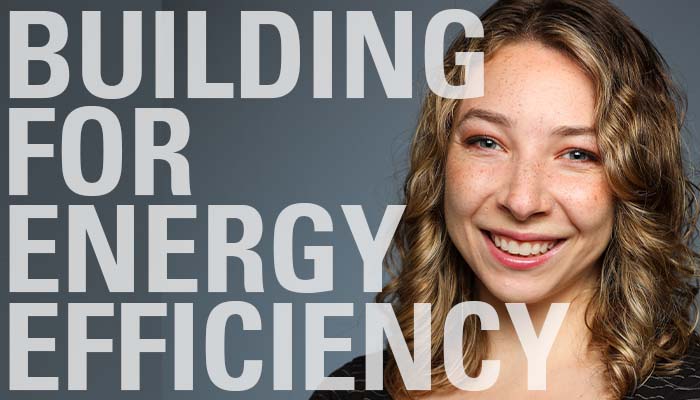The German American Chambers of Commerce (GACC) is hosting a Chicago event focused on promoting energy efficiency in the building industry. (Learn more about the GACC conference.)
According to the Centers for Disease Control (CDC), stagnant or standing water in a plumbing system can increase the risk for growth and spread of Legionella – also known as Legionnaires’ Disease – and other biofilm-associated bacteria.
When water is stagnant, hot water temperatures can decrease the Legionella growth range (77–108°F, 25–42°C). Stagnant water can also lead to low or undetectable levels of disinfectant, such as chlorine.
In preparation for people going back to the workplace, there are practices that can be implemented in areas of high usage and contact. Below are some suggestions to consider for reducing human contact with plumbing devices and surrounding surfaces:
- Provide thorough flushing at all water outlets, drinking fountains, other sources utilizing domestic water that may have remained stagnant for over three weeks.
- Test water at key outlets for bacteria presence.
- Provide surface testing in restrooms and other areas for COVID-19.
- Utilize touchless sensor faucet and hand soap dispensers.
- Utilize touchless sensor paper towel dispenser or automatic hand-drying equipment.
- Place devices to help facilitate people flow in restrooms to avoid crossing in tight spaces or dripping of water from person to person.
- Provide touchless hand sanitizing dispensers at restroom and pantry locations to allow sanitizing after touching surfaces and door handles.
- Provide signage to leave drinks outside of restroom, and wash hand thoroughly to help spread of bacteria and viruses.
- Incomplete flushing may leave dislodged contaminants that pose a health threat in the plumbing; these contaminants may provide surface area and nutrients for pathogen growth, consume disinfectant residual and pose direct health threat if ingested. Consider recommending testing for chemical disinfectant as best indicator; steady temperature (<0.1°C or < 0.2 °F change) while flushing can serve as an indicator of fresh water in some geographic locations; consider recommending building operators reach out to water supplier for information about what users can expect at their location.
- ESD recommends as part of this guideline that buildings develop a comprehensive Water Management Plan in accordance with AHRAE Standard 188 for continued water systems health in the future. This CDC tool kit is available to help understand water management plans.
Before flushing a building’s systems, it is important to note that people with an increased risk of developing Legionnaires’ Disease, such as those with weakened immune systems, should consult with a medical provider regarding participation in flushing, cooling tower cleaning or other activities that may generate aerosols. Wearing a half-face air-purifying respirator equipped with an N95 filter, or an N95 filtering facepiece, may be appropriate in enclosed spaces where aerosol generation is likely. Respirators must be used in accordance with a comprehensive respiratory protection program, which includes fit testing, training and medical clearance ahead of their use.
Knowing each building system is different, here are a few resources regarding Legionnaires’ Disease:
- OSHA standard 29 CFR 1910.134
- OSHA Legionellosis
- N95 respirators, NIOSH National Personal Protective Technology Laboratory (NPPTL).
Our team developed a checklist as a guide for building owners and operators to use as they prepare their buildings after an extended lack of use by intentionally flushing domestic water systems and restoring domestic hot water heating system temperatures in both the heaters and piping systems.




